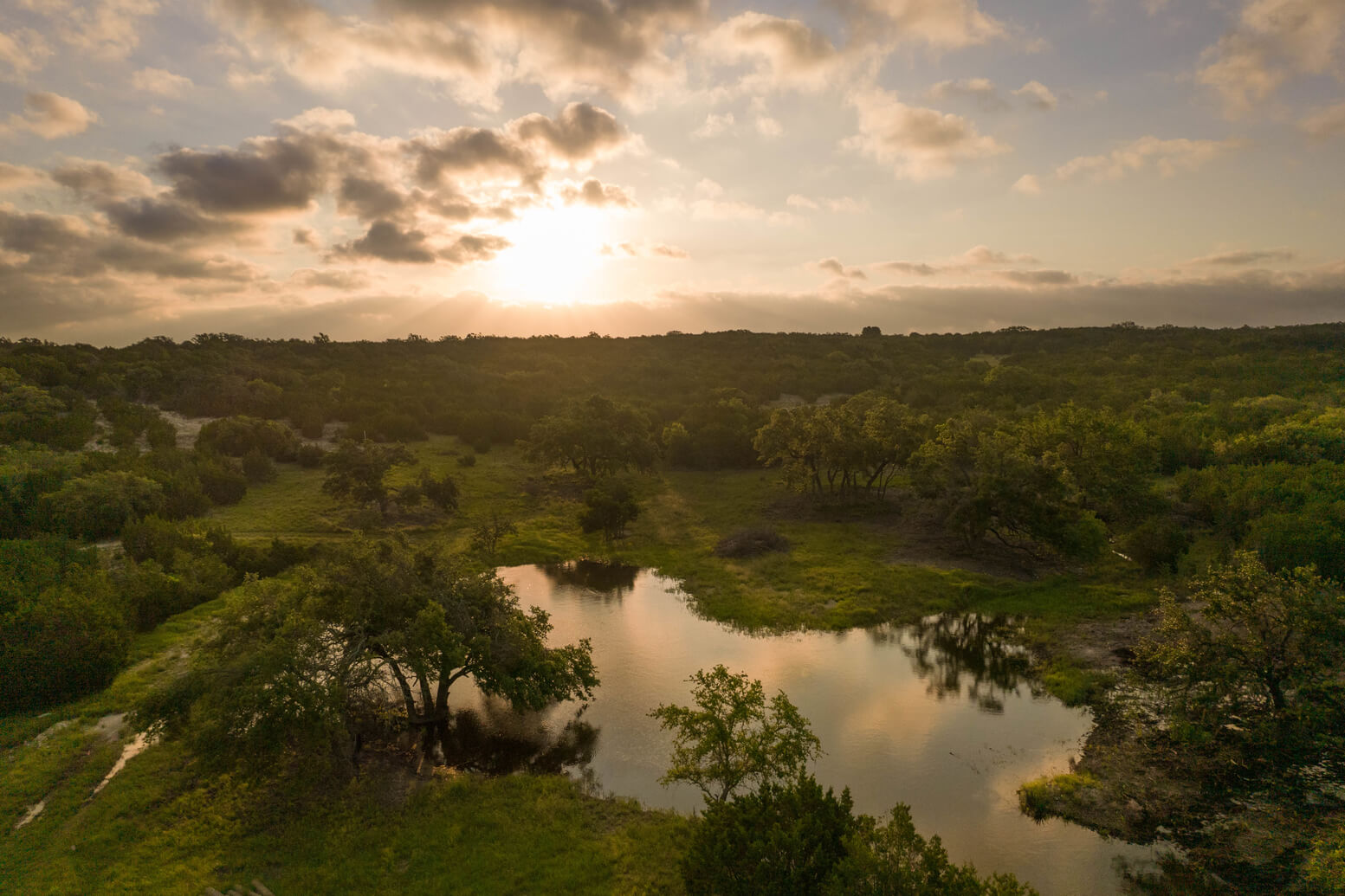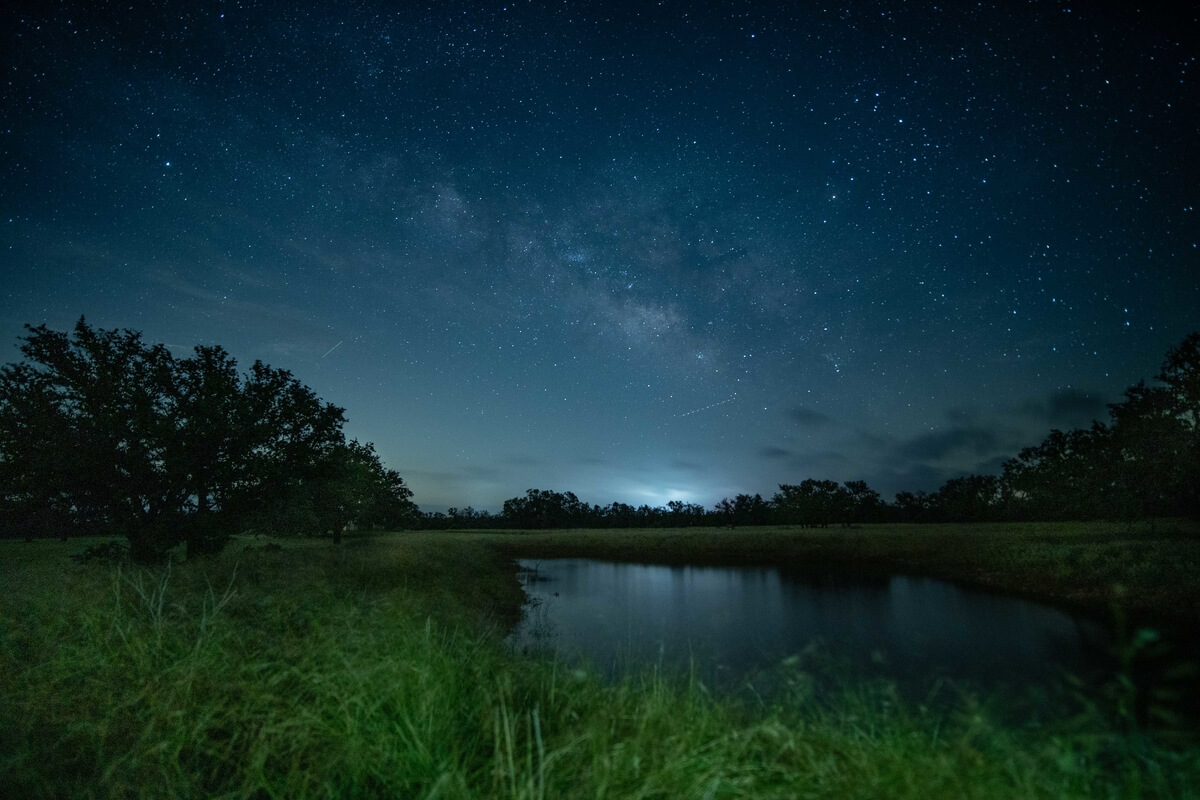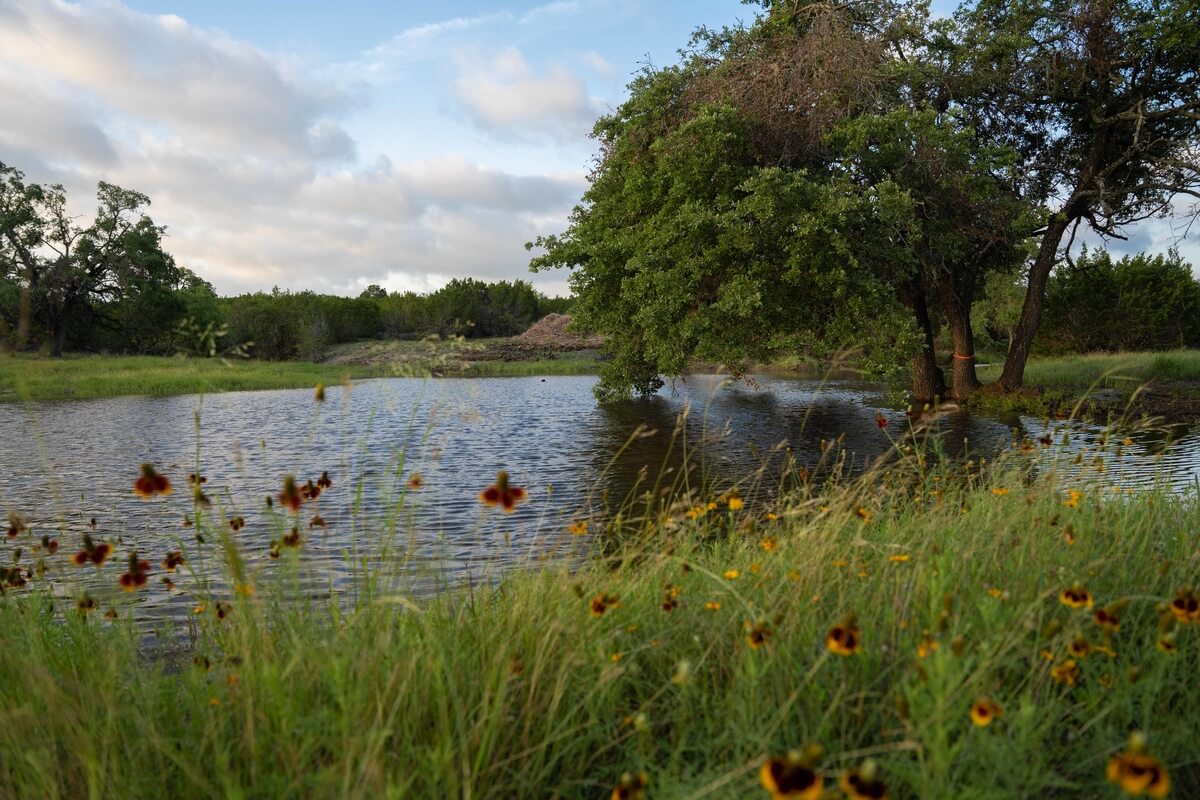An Overview of Water Conservation in Central Texas

Central Texas Water Conservation
Water management has long been a concern for inhabitants of Round Mountain, Texas. After all, the ranchers and farmers who came to the Hill Country and Round Mountain areas made their living off the land. These early settlers needed water for their crops and cattle and their own minimal household needs.
Throughout the years, more people have discovered the understated beauty of the rough Round Mountain landscape. Many of these new inhabitants wish to live in an area with plenty of native Texas wildlife and room to roam.
Efforts to Keep Water Clean
As the numbers increase and the average acreage of Texas mountain realty becomes smaller, many organizations have developed dedicated to overseeing the water needs for the wildlife, ranchers, farmers, and other inhabitants.
Even though their specific water needs are different, they all have one thing in common. The Hill Country and Round Mountain communities want to establish responsible water management policies that preserve this thriving ecosystem and way of life.
Even though almost three-quarters of the Earth is covered by water, only about two percent of that water is drinkable. So it is of added concern when you think about how much of that resource is needed to grow crops and provide the necessary power to expand cities and neighborhoods.
Water Conservation Organizations in Texas
Like other regions throughout the world, the people of Central Texas understand water scarcity, which is why many groups have been developed over the decades to study the problem and present solutions.
Both nonprofits and government agencies work together on the issue of central Texas water conservation. Let’s learn about the organizations involved in the water management process in Round Mountain, Texas, and the surrounding Hill Country.
Central Texas Water Coalition
The Central Texas Water Coalition is a nonprofit group that focuses its attention on preserving the Highland Lakes water supply. The coalition includes those living in the area of the Highland Lakes, business owners, city officials, homeowner associations, and environmentalists.
Lower Colorado River Authority (LCRA)
One mission of the Lower Colorado River Authority is to enhance the quality of life of Texans through water stewardship. As a part of their mission, they have established several WaterSmart programs to encourage conservation efforts in the central Texas region.
Some of the LCRA programs are dedicated to agriculture water conservation, such as the laser land leveling cost-share program. This program reduced the average required field flood depth and increased the efficiency of water used on individual fields.
The LCRA also created water conservation programs targeted to homeowners, such as the free Water My Yard program. This program recommends watering times and amounts based on your irrigation system information and local weather reports. Residents can also learn about their specific watering needs from the organization’s SoilSmart program.
Texas Water Development Board
This State of Texas organization has a conservation staff whose mission is to “provide leadership, planning, education, information, technical assistance, and agricultural financial assistance for water conservation in Texas.”
The Texas Water Development Board has projected the water needs of Texans up to the year 2070. They have created a plan using water conservation, irrigation conservation, municipal conservation, and reuse strategies to make sure all the water-related needs of Central Texans are met for decades.
This staff also supports the Water Conservation Advisory Council, which is another group dedicated to water conservation practices in the state.
Besides supporting the Water Conservation Advisory Council, the Texas Water Development Board also oversees how current water conservation techniques work by collecting data and completing water audits.
The Texas Water Development Board has created educational programs for K-12 students as well as training and workshops for adults.
Blanco-Pedernales Groundwater Conservation District
Blanco-Pedernales Groundwater Conservation District is one of 16 regional water planning groups established by the Texas Water Development Board. This district is responsible for the conservation, protection, and recharge of groundwater and aquifers in Blanco County, Texas.
As a part of their duties, the conservation district monitors drought conditions and promotes water conservation goals and groundwater usage reduction measures and restrictions.
The Nature Conservancy in Texas
Established in 1964, the Nature Conservancy in Texas has worked to protect and preserve the state’s freshwater ecosystems and water resources.
The organization has protected nearly 200 river miles through land conservation efforts, which benefit different waterways around the state, including the Blanco River.
Additionally, the Nature Conservancy in Texas conducts scientific research on the water supply and helps create policy solutions suitable for the local, regional, and state levels.
Besides understanding the growing need for clean water, the group ensures that portions of the state’s natural water supplies are protected and reserved for local fish and wildlife.
View this post on Instagram
Visit Round Mountain, TX
As you experience more of the Round Mountain Park region and enjoy the network of creeks and fishing ponds, you, too, will want to learn more about how to protect this beautiful ecosystem.
You’ll also want to learn about the local native plants that flourish in this rugged terrain. You’ll notice them thriving in dry conditions as you hike through the twisting trails of the Round Rock region.
Thankfully, there are groups you can join to help you learn more about how you can protect the surface and groundwater of the Round Rock region.
Learn more about water conservation in Central Texas by clicking on the links to the agencies highlighted in this article. Learn how to landscape your home using native plants, and consider donating your resources to conservation agencies in the area.


